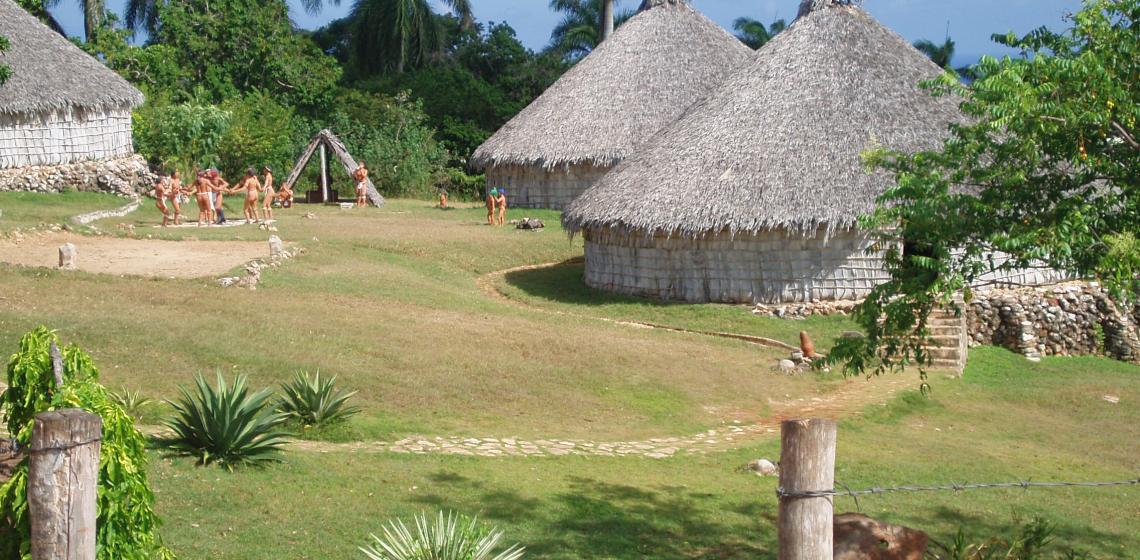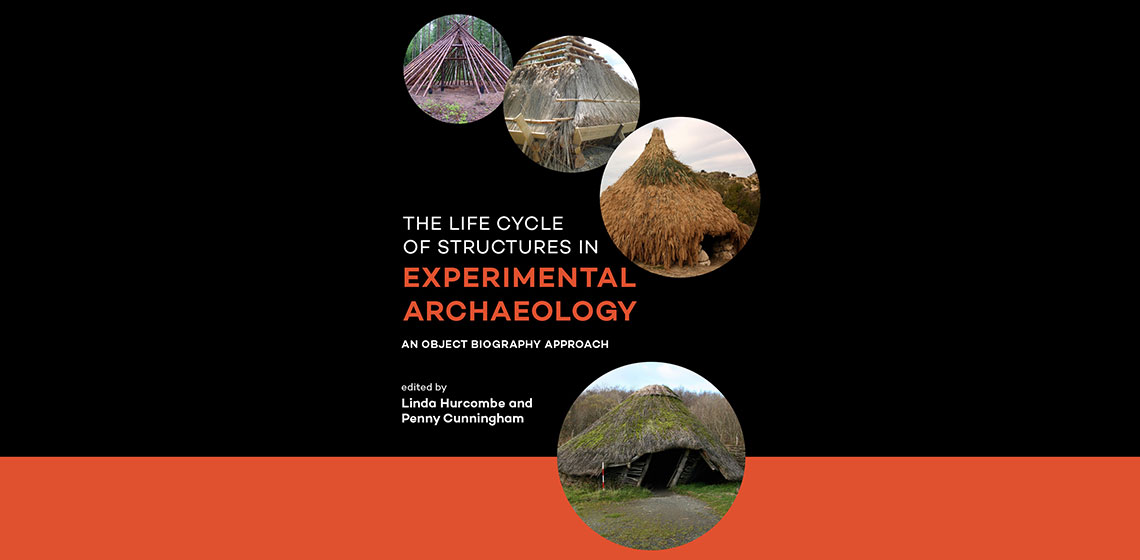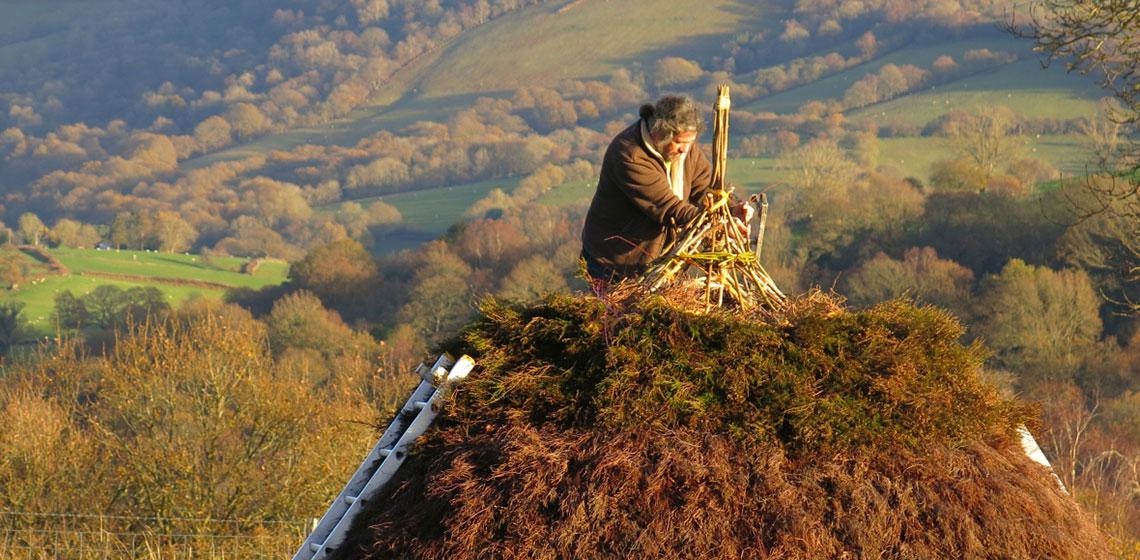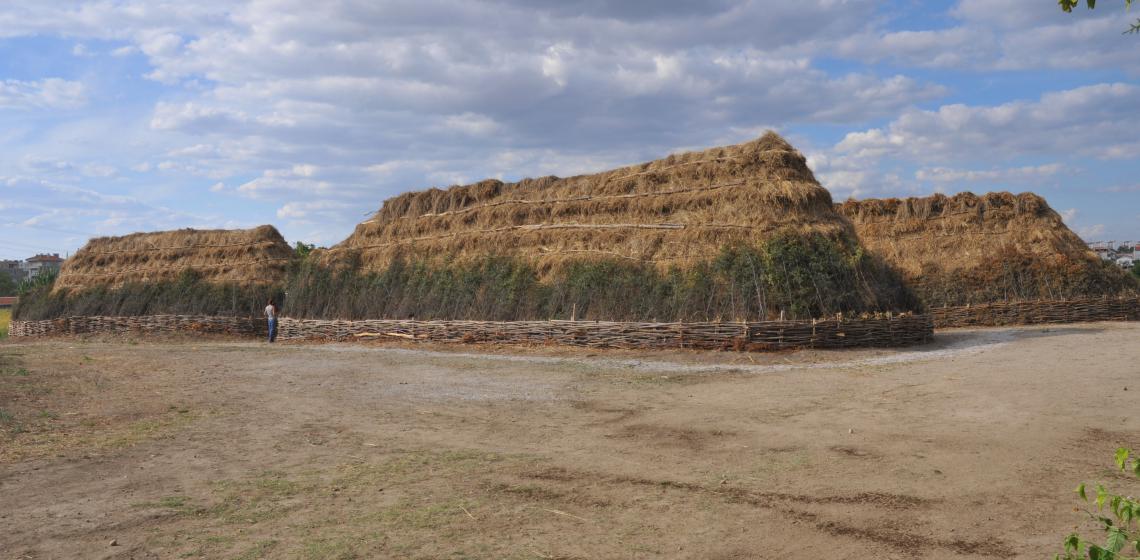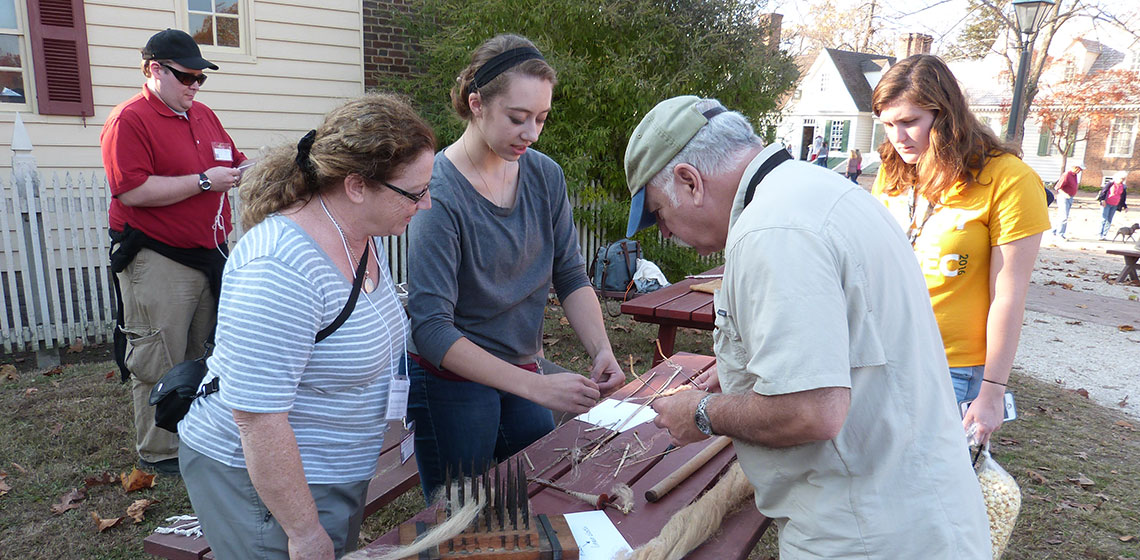Centro Ceremonial Indígena de Tibes (PR)
One of the most important archaeological discoveries made in the Antilles was done at Tibes (Ponce), Puerto Rico. The site provides an insight as to how the indigenous tribes of the Igneri and Tainos lived and played during and before the arrival of Columbus to the New World.
The most important part of the site is its magical-religious nature: the ball courts, petroglyphs, amulets and burials which provide information about their belief in an after-life. Earliest excavations date to 1914. Until now, 9 ball fields, 186 burials, and 3 ceremonial plazas were discovered. It possibly is the oldest astronomical observatory in the Antilles.


